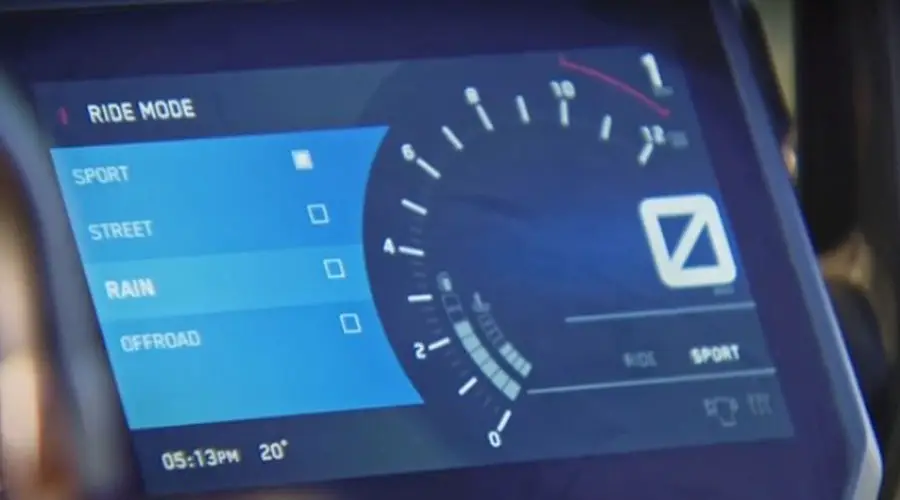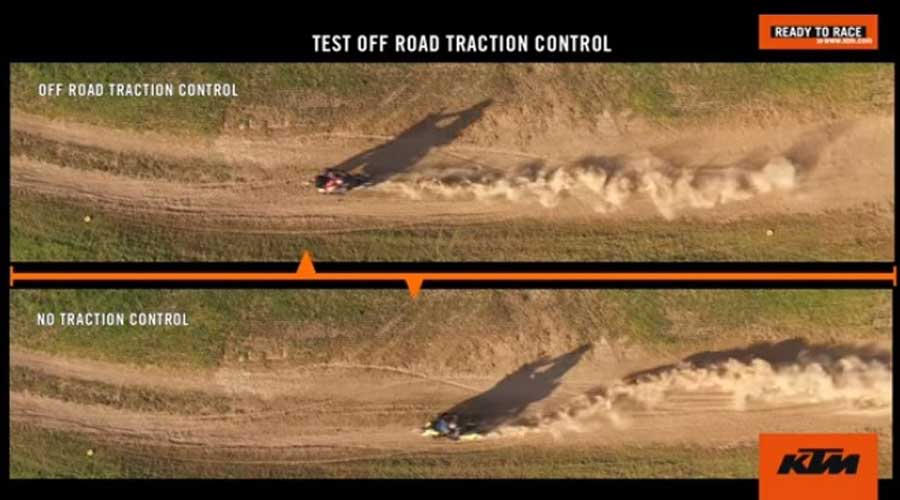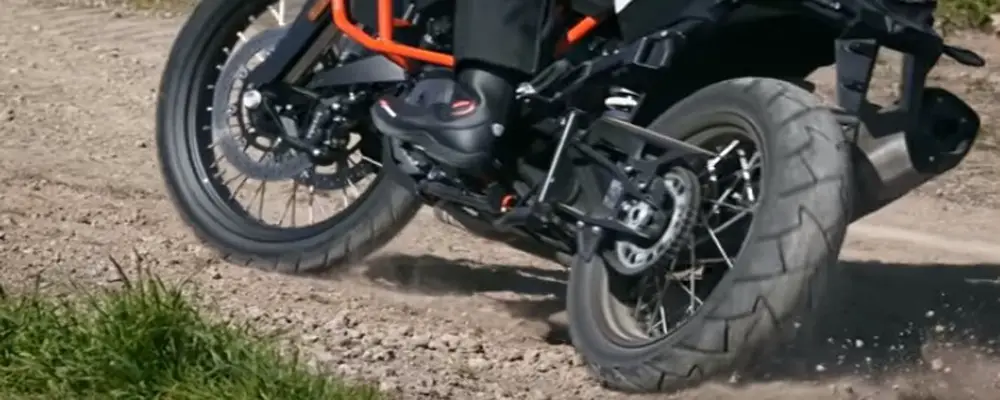Why Do You Need A Motorcycle Traction Control System?
Firstly, you will find the traction control system mostly in cars. In motorcycles, this safety system is still in its early stage of development. However, the motorcycle traction control system is available only in high-end motorcycles. On the other hand, it is steadily becoming popular in low-end motorcycles. It is because it offers greater control and safety.

A Brief Introduction:
Generally, the traction control system prevents the motorcycle from drifting. It achieves this by controlling the power delivered to the rear wheel. Thus, it simply controls the rotational speed of the rear wheel. As a result, it drastically reduces the chances of drifting.
There are two categories of traction control in motorcycles. The first category is reactive, while the second category is predictive. The name of the categories itself suggests it’s working. In the reactive type of motorcycle traction control, various components of the system wait until the wheel’s spinning occurs and then make corrections.
In the predictive type of motorcycle traction control, the ECU and various sensors read the data in real-time and make changes before the wheel spins. The system continuously judges the probability. Also, it acts fast to avoid drifting the motorcycle.
The system utilizes different types of complex sensors and ECU functions. However, this doesn’t allow the wheel to lose traction. Some of the sensors utilized include a Bank angle sensor, gyroscope, throttle position sensor, gear position sensor, and vehicle speed sensor.
In conclusion, different manufacturers use different combinations of all these components in order to achieve smooth traction control. Moreover, some of these systems are so efficient that the rider won’t notice anything while the traction control works in the background. Hence, the rider doesn’t lose control even during off-road corners.
How Does It Work?

Modern-day ECUs collect a lot of information, including gravitational forces and lean angles. The system processes all this information in a matter of milliseconds. In addition, various sensors keep updating raw data of the current position of the motorcycle.
Motorcycle traction control utilizes this data to control the power delivered to the rear wheel. It can do so by simply stopping the fuel supply to the engine, causing the cylinder/s to misfire. Although this is not a smooth traction control method, it is effective on race tracks because it has greater control over the power delivery.
Secondly, you can achieve this with modern-day ride-by-wire technology. In this, the system adjusts the throttle position electronically. As a result, this system limits the power even if you rev harder. So, it can also avoid human error, if any. Besides, various pre-configured riding modes limit the throttle response.
Motorcycle Traction Control with Riding Modes:
The riding modes include Rain (maximum grip), Sports (a few drifts with some amounts of slippage), and Street (smooth cruising with controllable speeds). In addition, some manufacturers like KTM are developing a new riding mode, the off-road mode. In this mode, you will get a slightly more slip with more excellent but controlled drift. You will have more fun riding in off-road conditions than ever before.
Finally, the motorcycle traction control works in a combination of all the above. Even though you have greater control over the motorcycle, the riding feel/experience is also essential. You can rely on these goodies, as manufacturers design such systems to help you. However, you should not forget to improve your riding skill set.
Image Courtesy: KTM
